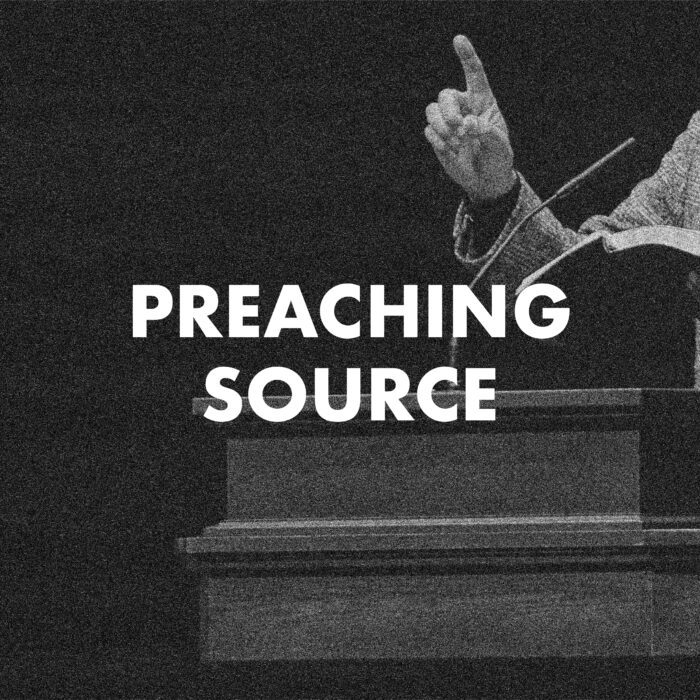Generation III: The Generations of Adam (5:1)
Gen. 5:1-32
- Locate the passage
This pericope begins the next toledoth section in Genesis. It chronicles the family of Adam and is marked by the long life-spans of first few generations after Adam. This passage follows after the sin of Adam and Eve in the garden and the sin of Cain in the field and anticipates God’s next judgment upon sin.
- Genre
The passage is narrative. There is only one recorded dialogue which is regarding the birth of Noah.
- Determine the structure of the passage
5:1-5 – The lifespan of Adam
5:6-8 – The lifespan of Seth
5:9-11 – The lifespan of Enosh
5:12-14 – The lifespan of Cainan
5:15-17 – The lifespan of Mahalalel
5:18-20 – The lifespan of Jared
5:21-24 – The lifespan of Enoch
5:25-27 – The lifespan of Methuselah
5:28-31 – The lifespan of Lamech
5:32 – The introduction of Noah
- Exegete the passage
- The pericope tracks ten “generations” of Adam’s descendants. The eleventh “generation” introduces Noah.
- The dialogue is absent in this pericope until The silence is broken by the one who would bring rest.
- The focus on the curse in the only recorded dialogue in this passage suggests that this section is demonstrating the consequences of the curse and God’s anticipated judgment on creation.
- It is significant that the “rest” that will come through Noah is specific to the curse from God upon Adam and Cain related to the ground.
- But the rest for the ground, will come in an unanticipated way.
- Death is a frequent refrain in this pericope. The word “died” (“mut”) occurs 8 times in this pericope.
- Death reminds us of the consequence of sin
- The one time the word is not used in the chronology of one of Adam’s offspring is significant (cf. 5:24)
5:1-2 – the word “create” occurs three times in these two verses
- The emphasis is on the purpose for God’s creation of mankind.
- There is a three-fold purpose highlighted by the three uses of the term
- We are created in His image (V. 1)
- We are created for relationship (V. 2)
- We are created with His blessing and calling (V. 2)
- Mankind has always been in the image of God
- In the day He created them, He made him in the likeness
- Gen.1:26-27
- The blessing of God (vs. 2) refers back to God’s blessing in 1:28 (Cf. 9:1)
5:2 – He called them Mankind
- “He called their name man”
- Their name is plural
- The word for man (“adam”) is collective singular
5:3 – Adam begot a son “in his own likeness, after his image.”
- Some have suggested that this phrase reflects a demotion
- Adam was created in God’s image, but Seth was after Adam’s image
- This seems unlikely given the fact that Scripture affirms that all mankind are created in God’s image (Gen. 9:6; James 3:9)
- The phrase seems to refer to the continuation of God’s image recreated in subsequent generations
- Even in a fallen world, the Divine image can be passed on and the miracle of God’s creation continues.
- The phrase may also imply physical attributes that Seth had from his father (i.e. he looked like Adam)
5:3-27 – the lifespans here should be seen in contrast to the diminishing lifespans after the flood.
- Gen. 6:3 as God pronounced a delimitation on mankind’s lifespan
- Compare the lifespans in Gen. 5:3-27 with those of Gen. 11:10-26 and beyond.
- This depicts Sins effect on longevity
5:21-24 – Enoch Walked with God
- It is significant that the man who walked with God was the father of the man who lived the longest recorded life-span in history (Methuselah)
- “he was not”
- The absence of any recorded death of Enoch stands out in the text
- There is no record of his death
- See Heb. 11:5 – Enoch “did not see death.”
- The writer of Hebrew says that before Enoch was taken that he had a “testimony” that he pleased God
- “God took him”
- The same verb (“laqach”) is used of Elijah (2 Kings 2:3, 10)
- See also Heb. 11:5 – Enoch was “taken.”
5:25-27 – Methuselah
- He lived 969 years. This is the longest recorded lifespan in history.
- If you calculate his lifespan (969 years) and that of Lamech and Noah it appears that Methuselah died in the same year as the flood:
- Methuselah was 187 when Lamech was born;
- Lamech was 182 when Noah was born;
- Noah was 600 when the flood came;
- 600 + 182 + 187 = 969
- Perhaps, in His patience, God waited until Enoch’s son came home before judging the earth with the flood
5:26 – Lamech
- There is some significance in the fact that Lamech was the father of Noah. The last man named, “Lamech” was a source of curse, but this Lamech was a father of the man through whom would come God’s salvation.
5:29 – “This one will comfort us”
- Lamech anticipated God’s plan for Noah’s life
- There is a Hebrew play on words with Noah’s name
- Noah’s name (“No’ach”) means, “rest”
- It foreshadows the salvation through Noah in the flood
- It comes from the same Hebrew stem as the word for comfort (“nacham”)
- It is also the root for the word in 6:6 – God was “sorry” that He made man
- Noah’s name (“No’ach”) means, “rest”
- Let the structure of the text drive the sermon
-
- The Purpose God created FOR Mankind (1-2)
- We are created in His image
- We are created in relationship
- We are created with His blessing and calling
- The Opportunity God offers TO Mankind (21-24)
- We have the opportunity to walk with God
- The absence of others walking with God is noticeable in the text
- The Hope God extends THROUGH Mankind (29-32)
- The hope that is anticipated in Noah
- The ultimate hope in Christ foreshadowed
- The Purpose God created FOR Mankind (1-2)





